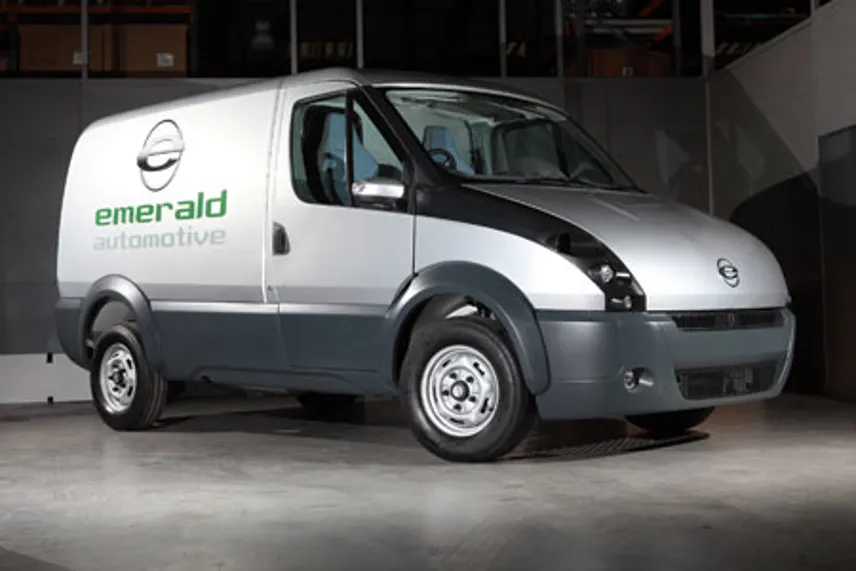Review
“But we have to be realistic and we have been approached by the state of Missouri in the USA.
"The Ford and Chrysler factories in St Louis recently closed and they are desperate to get new firms to come to the city and provide jobs.
“We have been offered incentives over a seven-year period and no-one else has come up with an offer that anywhere near matches this, although no final decision has yet been made.”
Tempest envisages producing 5,000 units in the first year, going up in increments of 10,000 units per year with a target of 100,000 after 10 years.
First targets will be the UK and Germany, followed by other European countries and possibly North America.
One of the problems with electric vans, in addition to their limited range, is price but Tempest envisages a cost of around £32,000 for the Emerald, which would mean payback in two years, even ignoring savings such as entering the London congestion zone.
No dealer networks are to be set up but instead the firm will be targeting fleet buyers direct.
Behind the wheel
The problem with niche vehicles put together by anyone other than the major van manufacturers is that they often look like Heath Robinson affairs knocked up in someone’s back garden.
There’s certainly nothing of that in the Emerald’s design – take a look at the pictures and you’ll see a vehicle that simply oozes style and is eminently fitting for the 21st century fleet driver.
Touch the Emerald and you’ll find something completely different too.
All the body panels are moulded plastic and they are made to withstand pretty hefty knocks without crumpling or smashing to pieces.
Look underneath and in the rear of the van and another surprise awaits. A hefty chassis and cargo area floor are made from aluminium – this vehicle is as far away from the mainstream rivals as you can get.
There is a reason for the plastic and aluminium – to save weight so that the van has a reasonable payload.
We’d say it was more than reasonable: at 1,400kg it carries more than both the Citroën Dispatch and the short-wheelbase Ford Transit.
The space age styling continues in the cab.
There are two sports seats that offer superb comfort and support (although these may not make it to final production stage) and in the middle console are a van driver’s crucial coffee cup holders and cola bottle bins – two of each.
There are a few knobs and switches that we recognised from the Ford Transit but in place of the usual dials, there are two screens in the middle of the dash.
The top one reads out all the info such as speed and battery power while the bottom one is a computer which controls all the van’s functions such as turning the diesel engine on and off.
It’s a proper PC too and will eventually be connected to both sat-nav and fleet management systems so that operators can keep an eye on their drivers.
The designers really are aiming for top quality here and so ABS brakes, electronic stability control, air-conditioning and a full set of airbags come as standard.
















